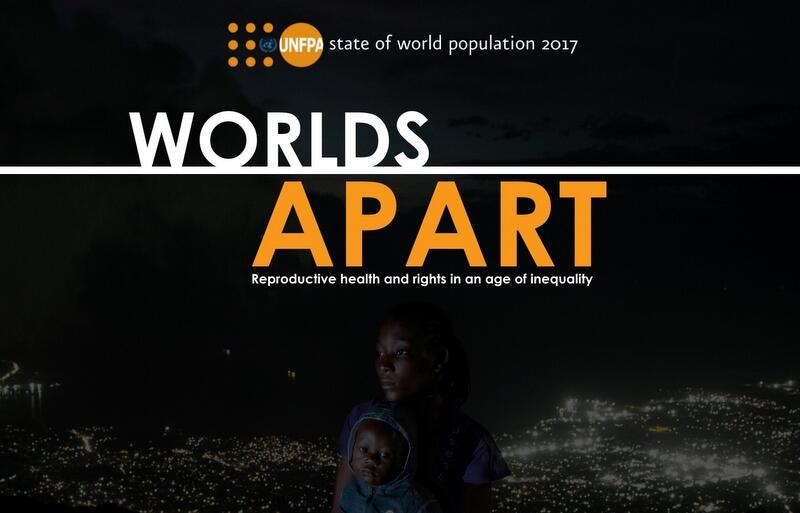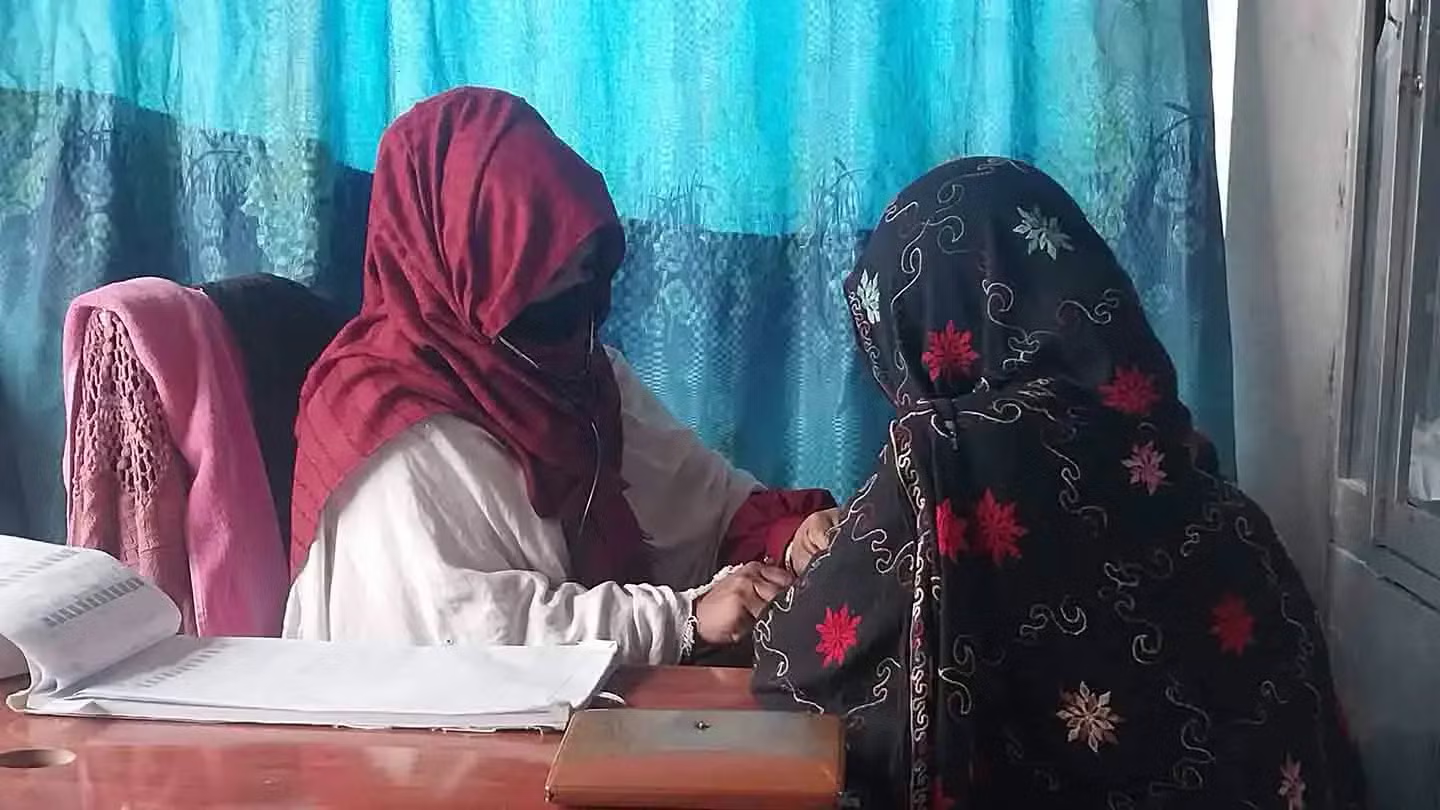Worlds Apart: Reproductive Health and Rights in an Age of Inequality
Unchecked inequality, failure to protect the rights of the poorest women could lead to unrest, undermine peace and world’s development goals, new UNFPA report warns.
- Only about half of the world’s women hold paid jobs
- Below 20 per cent of women in Afghanistan hold a paid job
- Only 23 per cent of girls attend higher education in Afghanistan
October 18, 2017, unless inequality is urgently tackled and the poorest women empowered to make their own decisions about their lives, countries could face unrest and threats to peace and to their development goals, according to The State of World Population 2017, published today by UNFPA, the United Nations Population Fund.
Failure to provide reproductive health services, including family planning, to the poorest women can weaken economies and sabotage progress towards the number one sustainable development goal, to eliminate poverty.
What does the report have to say about Afghanistan. In Afghanistan, the poorest women have the fewest options for family planning, the least access to antenatal care, and are most likely to give birth without the assistance of a doctor or midwife.
According to the Afghanistan Demographic and Health Survey, only 23 per cent of currently married women use a method of contraceptive.
“Inequalities in Afghanistan are a significant multiplier of the various challenges the country faces”, says, UNFPA Afghanistan Representative, Dr. Bannet Ndyanabangi, “for Afghanistan to tackle inequalities there is need to invest more in reducing inequalities in education and reproductive health and rights, to allow women and girls to choose to stay in school, when to get married and when and how many children to have.”
“Population trends in Afghanistan are unfortunately not very promising, particularly when it comes to educational disparities in higher education among boys and girls, employment of women versus men and women’s overall contribution to the economy of the country”, says, His Excellency Javed Rasooli, Director General of Central Statistics Organization of Afghanistan, “However, the Afghan government is committed to filling these gaps and reducing inequalities at all levels.”
Limited access to family planning translates into 89 million unintended pregnancies and 48 million abortions in developing countries annually. This does not only harm women’s health, but also restricts their ability to join or stay in paid labour force and move towards financial independence, the report argues.
With 5.3 total fertility rate (Afghanistan Demographic and Health Survey (AFDHS), 2015) Afghanistan has number of unintended pregnancies, especially given the low use of modern family planning methods, which harms girls’ and women’s health, robs them of opportunities for education and joining the labour force or have a paid job.
On the other hand, early and child marriage, high fertility rates with little birth spacing contributes to the striking high maternal mortality in Afghanistan, that is currently estimated in the range of 1,291 per 100,000 live births (AFDHS, 2015).
The UNFPA report recommends focusing on the furthest behind first, in line with the United Nations blueprint for achieving sustainable development and inclusive societies by 2030. The 2030 Agenda for Sustainable Development has “envisaged a better future, one where we collectively tear down the barriers and correct disparities,” the report states. “Reducing all inequalities needs to be the aim. Some of the most powerful contributions can come from realizing...women’s reproductive rights.”
For more information please contact
Ahmadullah Amarkhil
UNFPA Office of Communication and Advocacy
Phone: +93 (0) 70 026 3232
e-mail: amarkhil@unfpa.org
Access the State of World Population Report 2017: unfpa.org/swop
UNFPA Works to deliver a world;
Where every pregnancy is wanted
Every Child Birth is safe and
Every young person’s potential is fulfilled





